Premium Only Content
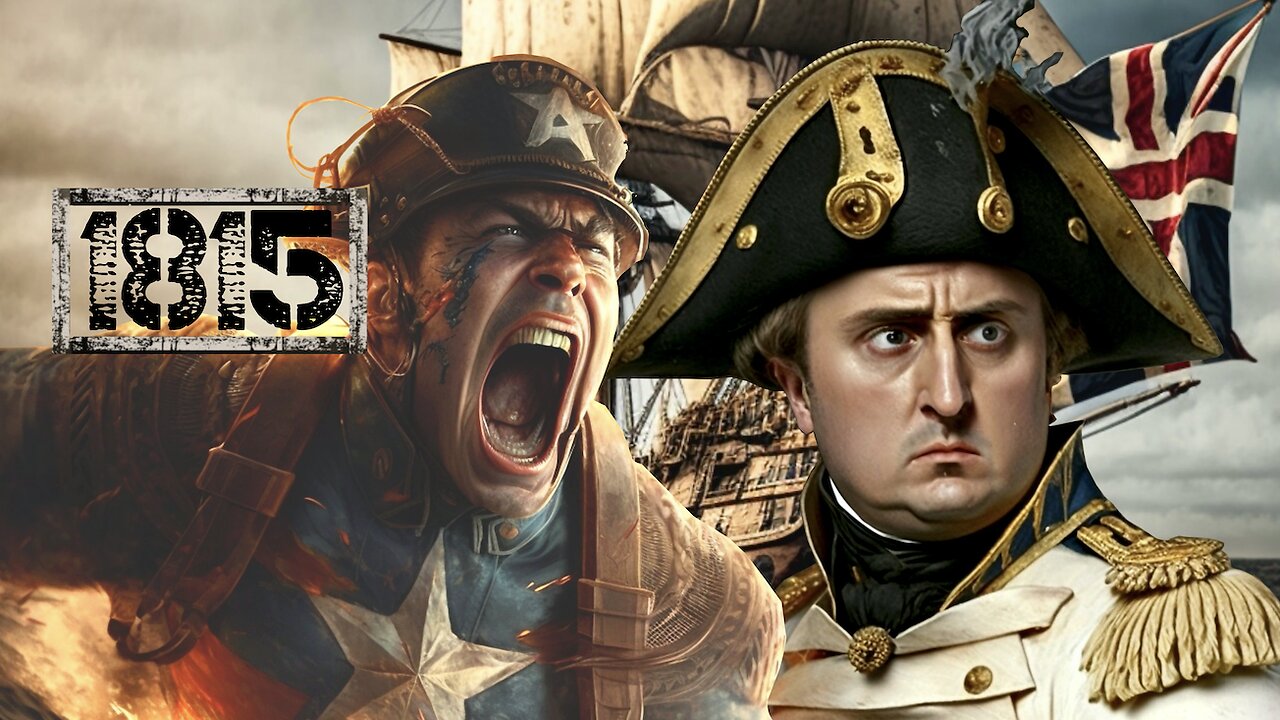
When Napoleon Met Captain America - Storytelling
#captainamerica #captainmarvel #marvel #marvelstudios #napoleon
The key secret to developing outstanding stories is to start with a statement; and create mini-stories based on some words of that statement. Then after branching out as far as possible with 4 or 5 mini-stories, you converge back to the main plot. And the beauty of this is that you create a coherent story based on seemingly incoherent mini-plots. But more importantly, you engage and surprise your audience. And that’s where Captain America and Napoleon come into the scene.
1. Illustration
1.1. Let’s say, someone comes with that statement “I moved from Europe to America”.
I could choose “America” as the base of my first mini-story.
“Oh let me first take that thing off. It’s so heavy. For once, I don't have to jump from the top of a building to save someone’s life. Or go and fight enemies somewhere. I can just relax, drink some of this fizzy drinks and sleeeeep. OOOh noooo they’re talking about me.
● Paul: "Hey Tom, look here. This is captain America. Look at how he is dressed. I always loved that costume."
● Tom: "He looks old though."
● Paul: "Did you know the colour of his suit is inspired from the french revolutio-telling-Telling n?”.
Then I could choose “enemies” for my second mini-plot
“Napoleon, toward the end of his reign, had enemies left and right. Even people in his own family tried to kill him. There was that time when the flask fell down, and the cat drank the poison. Another time, his general drew a sword on him, but the sword got stuck in its sheath. And Napoleon got his general’s head. This all turned Napoleon paranoid”.
Paranoid as the thrid mini-plot
Imagine a paranoid guy who can’t stop laughing as his paranoia grows. The more people talk amongst themselves the more paranoid he gets, and the louder he laughs (strengthening his paranoia and making him laugh even more).
1.2. Converging mini-plots
Toward the end of 1814 Napoleon was becoming the laughingstock of Europe, after a cascade of blunders. This prompted him to send a secret letter to Thomas Jefferson asking for help in case his fortune turned sour. Thomas Jefferson, rubbing his hands at the prospect of experimenting with his newly founded team of "american heroes of the future", replies back positively.
1.3. End story
The ending of the story should make you want to know more. For example:
On July 15 1815, as the battle of waterloo sealed the fate of Napoleon; against all odds, he managed to escape captivity and hide in Rochefort. There, his faithful Marshal Ney, wounded and almost killed by the Prussians, suggests an idea. As he recounts how a shadowy team (speaking a language foreign to him) saved his life on the battlefield, Ney implores Napoleon to put a body double for captivity while he flees to the Americas. A skeptic Napoleon loudly bemoans at Jefferson's dark sense of humor for only sending a handful of men. That's when a young admirer dressed in blue/white/red introduces himself. "We are jefferson’s private unit and I am “private america”, and we will safely take you to the Americas".
"Mais Qu'est-ce qu'il dit?" asks a firmly impatient Napoleon.
Quickly rushed into a coach, Napoleon and the team ride toward Livorno port in Italy (map rochefort to Livorno). But with french bandits, british armies and a population turned bitter toward him; Napoleon’s ride south (before sailing to america) will prove dangerous and treacherous.
1.4. Goosh
You could show footage of a wounded Napoleon chased by British soldiers.
And the beauty is the story does not need to be accurate. As long as it’s captivating, involves mini-plots that are magically intertwined and progresses.
2. Implication on social media platforms
I am not a scriptwriter or a movie director. And you don't need to be either. As long as you understand that storytelling is a powerful way to compel people to action, then success is guaranted. Much more than just puking facts.
-

vivafrei
4 hours agoJailed for a Tweet! The U.K.'s Descent Into TYRANNY! Covid Talk With Jessica Rose & MORE!
32.7K16 -
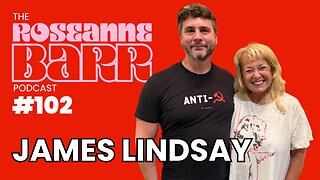 LIVE
LIVE
Roseanne Barr
1 hour agoDon't Let Commies Split Maga W/ James Lindsay | The Roseanne Barr Podcast #102
1,531 watching -
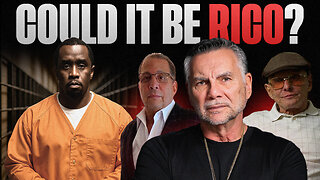 22:04
22:04
Michael Franzese
1 hour agoThe Truth About Diddy and RICO Charges: Ex-Mobsters Weigh in
3391 -
 2:13:39
2:13:39
The Quartering
3 hours agoTrump Rolls Out Social Credit? New Black Panther Is White, Trumps Travel Ban, AI Girlfriends!
109K26 -
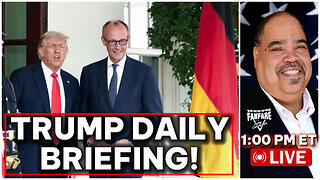 LIVE
LIVE
Barry Cunningham
4 hours agoTRUMP DAILY BRIEFING: CHANCELLOR OF GERMANY VISITS WHITE HOUSE | FOP ROUNDTABLE
1,642 watching -
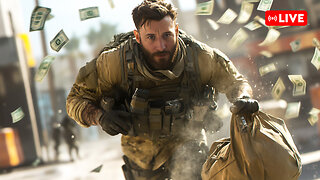 LIVE
LIVE
SpartakusLIVE
1 hour ago$18,000 WZ Total Frenzy Tournament || #1 Champion returns to DOMINATE yet another COMPETITION
172 watching -
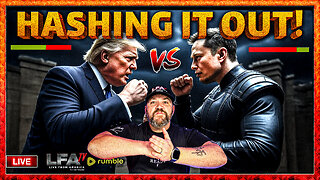 LIVE
LIVE
LFA TV
19 hours agoLFA TV ALL DAY STREAM - THURSDAY 6/5/25
2,243 watching -
 LIVE
LIVE
Akademiks
4 hours agoDay 4/30. Diddy Trial Day 17. Jane Doe Set to take the stand... Is this 50 Baby Mama or Gina ?
1,926 watching -
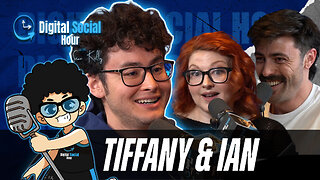 1:00:59
1:00:59
Digital Social Hour
4 hours ago $0.72 earnedHow Legal Loopholes Exploit Small Businesses & Families I Tiffany Cianci & Ian Carroll DSH #1394
12.9K2 -
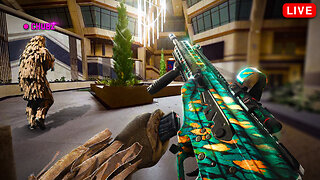 LIVE
LIVE
StoneMountain64
3 hours agoWarzone P.D. Laptop Easter Egg Tracker
173 watching